Section11:Food-4-Thought
Choose some readings (from the below) for class discussion.
1. Learn more about current projects on different SDGs.
350NYC is a local affiliate of 350.org, a global grassroots network working in over 188 countries to prevent climate catastrophe
UpLink is a crowdfunding open digital platform for mass participation to accelerate progress on the UN Sustainable Development Goals (SDGs). It enables the next generation of mission-driven entrepreneurs and young innovators to join forces with leading organisations, experts, investors and changemakers. It helps promote different projects, such as the Blue Carbon Challenge.
The Early Warning System exchanges information, advice, tools and resources with communities and the local organizations supporting them to inform their campaings related to development plans and financing of sustainable projects. You can explore some of these projects here.
Several reforestation programs in Africa are using mangrove plantations. They help reduce greenhouse emisions, as it has been proven in various countries like Senegal. See EcoAfrica for other initiatives.
Play Against All Odds. Overcoming poverty in Canada. This organization seeks equity and public justice through a number of activities.
EU project Echoes. Silenced narratives of a postcolonial past.
2. Learn about projects on Sustainable Cities
Be informed by reading the EU report Reclaiming city streets for people. Chaos or quality of life?
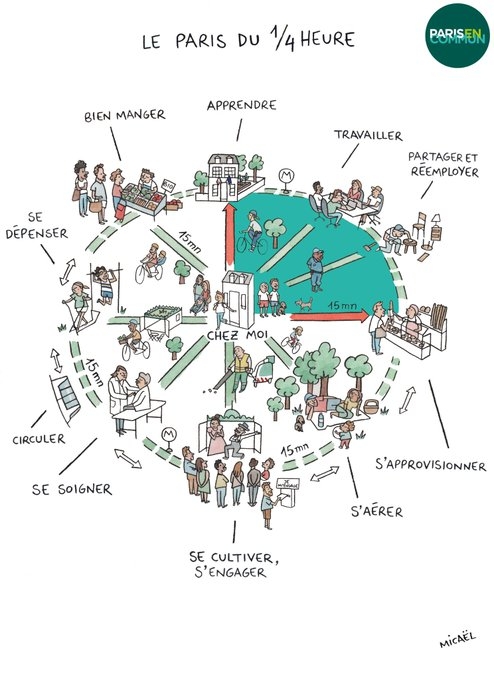 La #VilleDuQuartDHeure, c’est quoi ? C’est la ville des proximités où l’on trouve tout ce dont on a besoin à moins de 15 minutes de chez soi. C’est la condition de la transformation écologique de la ville, tout en améliorant la vie quotidienne des Parisiens. #Hidalgo2020 See more about this concept in Wikipedia
La #VilleDuQuartDHeure, c’est quoi ? C’est la ville des proximités où l’on trouve tout ce dont on a besoin à moins de 15 minutes de chez soi. C’est la condition de la transformation écologique de la ville, tout en améliorant la vie quotidienne des Parisiens. #Hidalgo2020 See more about this concept in Wikipedia
LEA project. Autonomous Farming in the City. EU Bauhaus prize 2021
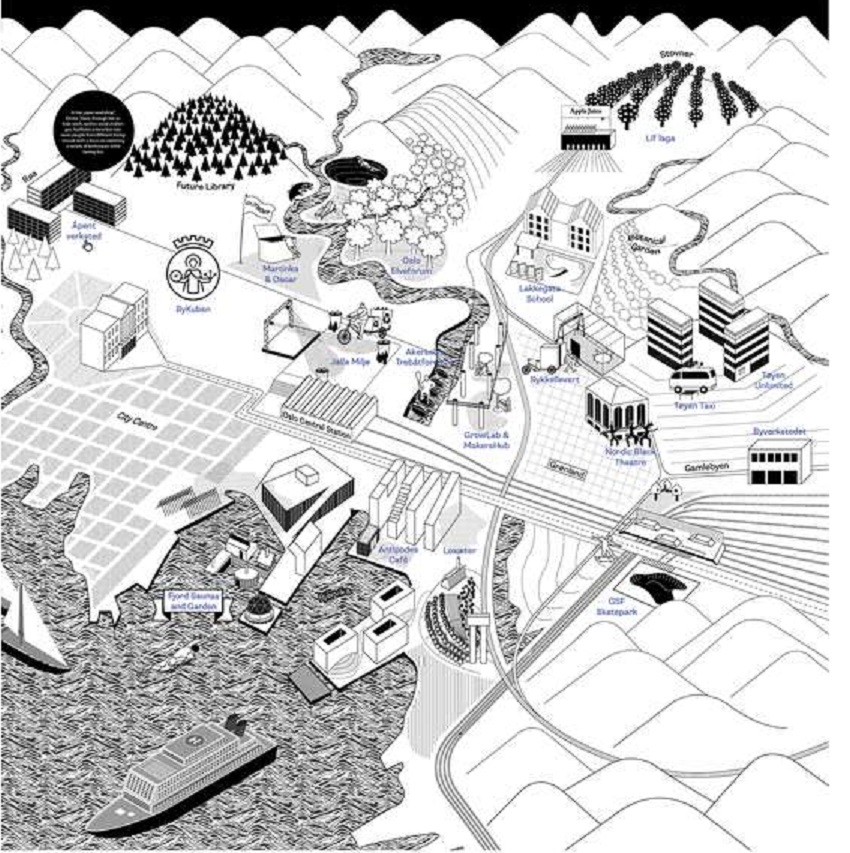
EU project. Heritage for people. How Europe's World Heritage Cities are tackling common challenges Also on Heritage, take a look at Storytelling & Fundraising for Cultural Heritage professionals The EU project “Radical Rituals” is a investigates built environment through research, design and artistic experimentation.
3. Learn more about COP26 and the Exponential Roadmap Initiative
4. Explore how the Covid 19 pandemic has had devastating effects on Human Rights. Learn more about it from the Danish Institute for Human Rights. The UN Human Rights Council recognises Human Right to a healthy environment.
4. Short reads ONLINE in comic format
 COVID Chronicles 2020. Ten personal accounts of life and death from the frontlines of COVID-19. By Ethan Sacks
COVID Chronicles 2020. Ten personal accounts of life and death from the frontlines of COVID-19. By Ethan Sacks

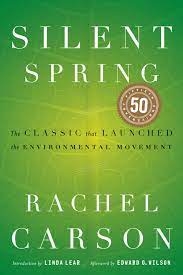 Seen: Rachel Carson.
Seen: Rachel Carson.
About this marine biologist and the birth of the ecological movement. By Birdie Willis, Rii Abrego & Kieran Quigley.
Perhaps also read her 1962 1book Silent Spring (50th anniversary edition), the book that launch the environmental movement.
And for those interested in Ecocriticism, visit Ecozona and ISLE
 Martin LutherKing & the Montgomery Story. By Benton Resnick
Martin LutherKing & the Montgomery Story. By Benton Resnick
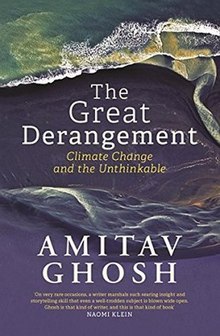 An interesting read is
An interesting read is  Education in
Education in 
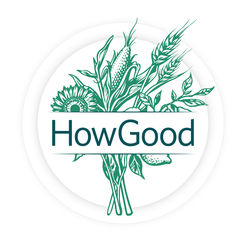 HowGood
HowGood

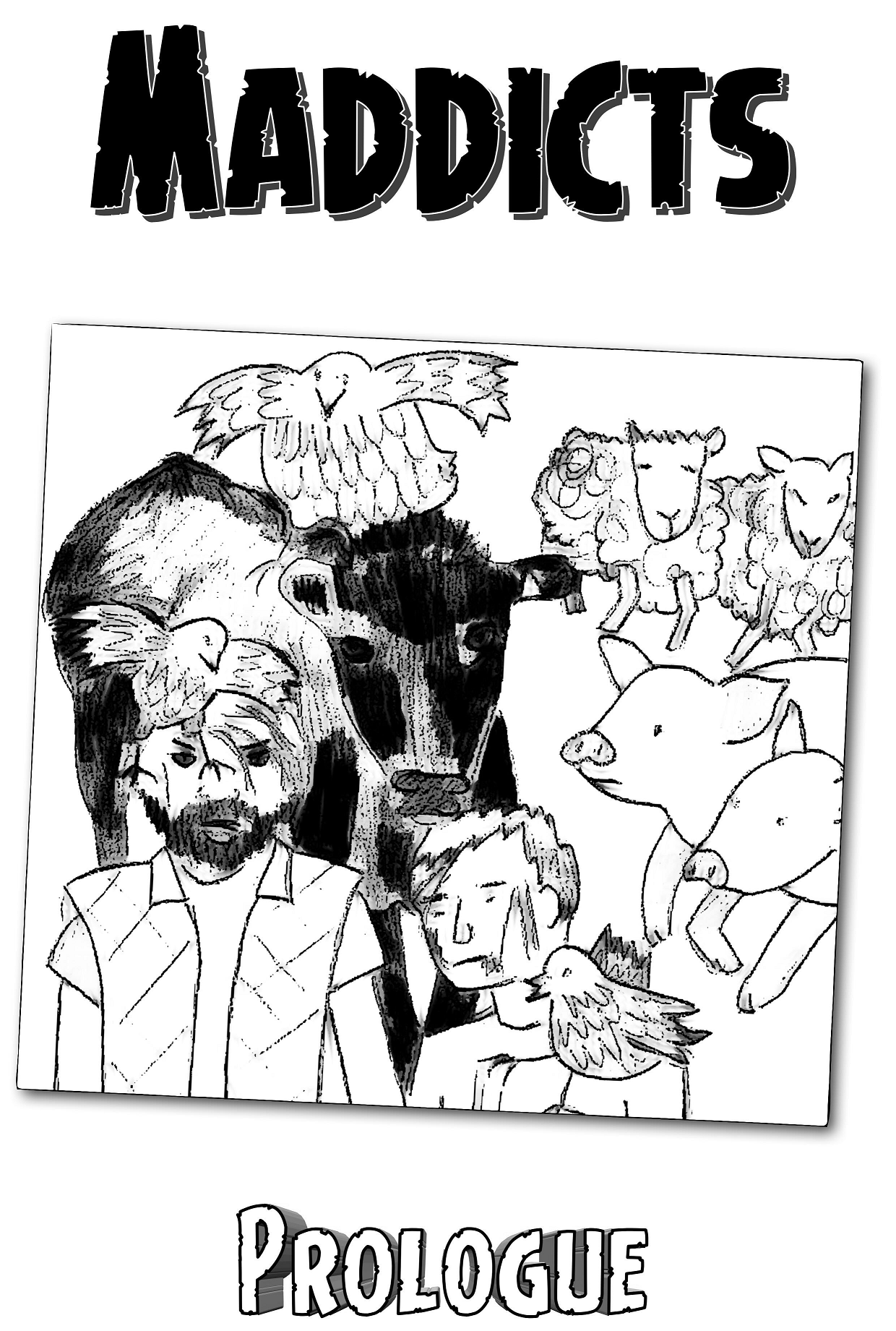

 Watch this video on
Watch this video on 
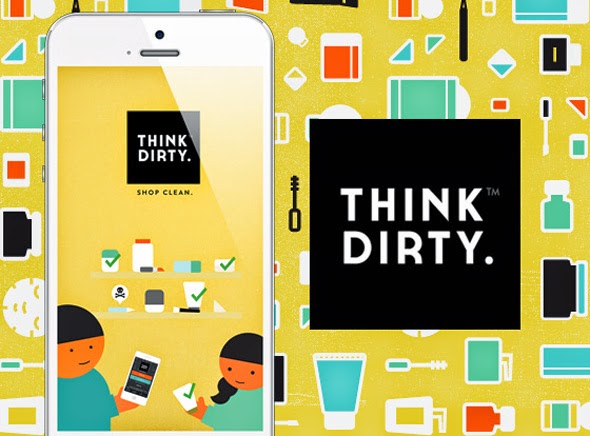
 The best we could do.
The best we could do.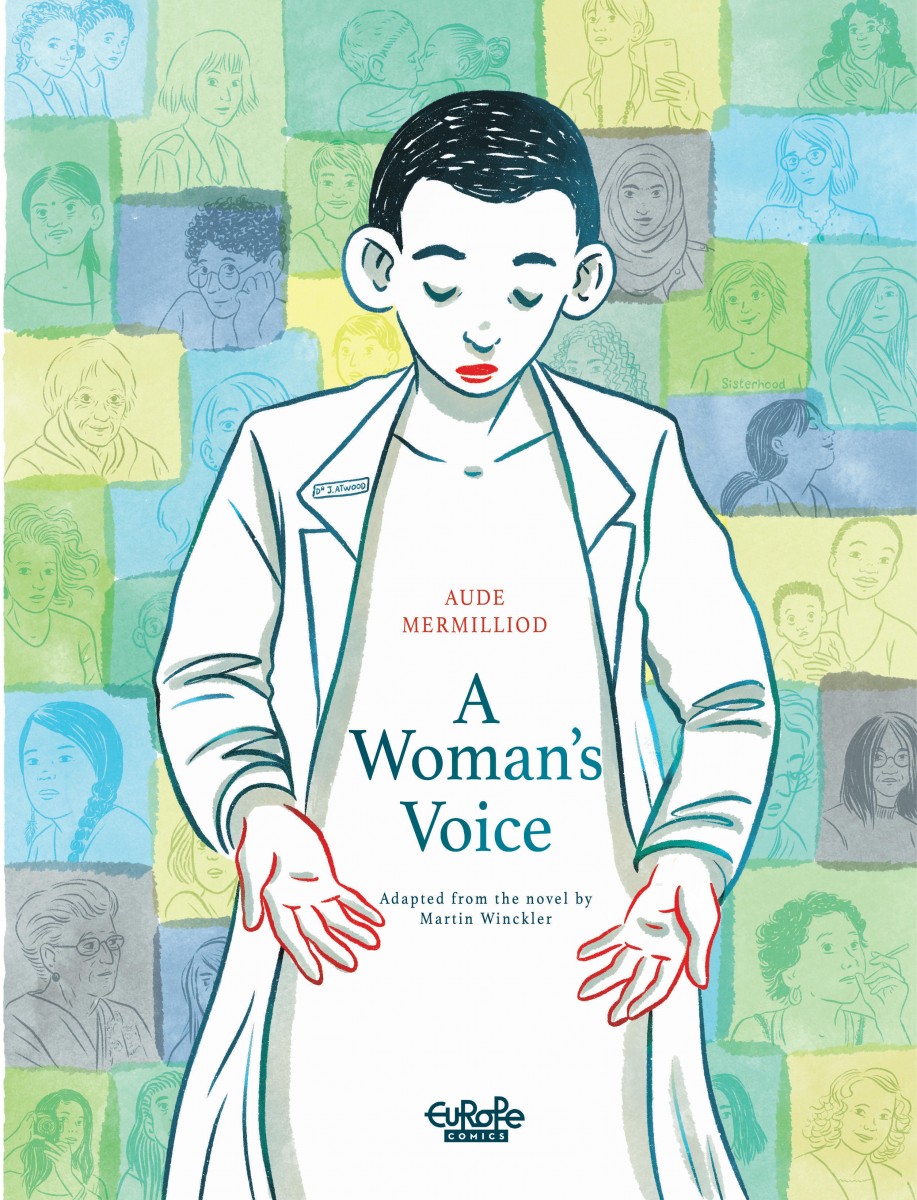
 COVID Chronicles 2020.
COVID Chronicles 2020.